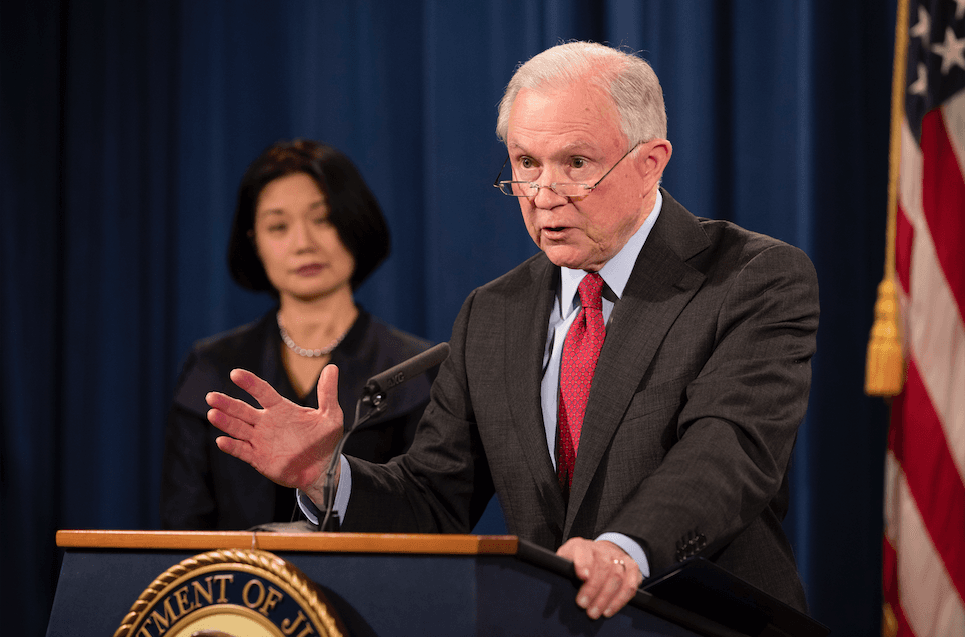WASHINGTON—The violent crime rate increased by almost 7 percent nationwide from 2014 to 2016, according to new FBI statistics.
The murder numbers are the starkest, showing an increase of more than 20 percent over the same time period. Rapes increased by almost 11 percent; robberies went up 3 percent; and aggravated assaults jumped nearly 10 percent.





